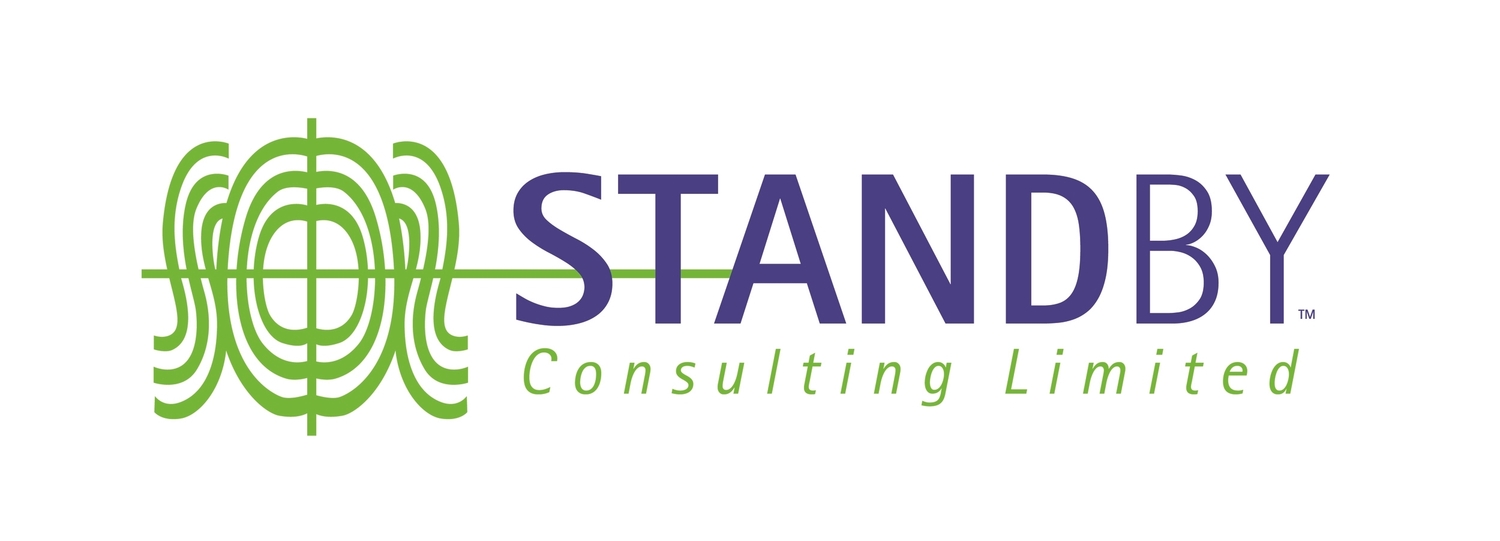Lockdown – People Factors
/Looking after your personnel and keeping them informed during this period of lockdown is very important. The more that people feel kept in the loop, the more reassured they are amid these uncertain times. You need to be mindful also of how you are getting your information and where you are sourcing what you pass on in your communications.
Be wary of Social Media
We have seen the negative side of social media during the civil unrest in the Middle East, where various factions were putting out untruthful posts for their own political advantages. Although not as blatant now during the pandemic, we are still seeing people believing what they see in social media posts. The sheer volume of unfiltered, highly speculative and even purposefully wrong information is drowning out the facts and feeding people’s fears and anxieties. This has resulted in many rushes to supermarkets and other retail outlets. It is hard to control, but there are processes organisations can put in place to vet social media posts and also counteract the effects of negative or basically wrong posts. Within your organisation you should have someone who is monitoring the social media platforms, if only to get an idea of what people’s reactions are and where potential trouble hotspots are brewing at a local level.
Be Selective in your News Feeds
Unfortunately, some of the news channels in New Zealand are focused on negative aspects of news, because it is more important to see how many clicks they can get on a website than to report responsibly.
In a disaster situation, that is not the name of the game. If you are sending updates or disseminating news through your own channels, get your information out factually and non-emotively. The daily updates by the Ministry of Health Chief Executive and the Government of New Zealand are proving reliable sources. The MoH are doing an excellent job and their website www.Covid19.govt.nz is a great source of clear, accurate and up-to-date information.
For businesses, have your own communication channel to your staff. In a vacuum of communication, people turn to unofficial channels, rumour and speculation. Set up a separate email group, WhatsApp group, or even an SMS group. I would not recommend Facebook as a ‘secure’ channel. However, it is possible to have a Facebook Group set at Secret level for privacy and access, being mindful to only use it for social support rather than discussion of business or other sensitive information. If your team is going to reach out to each other across social media channels, it is better that you set it up for them and retain some control of the information flowing, keeping it inhouse, than have unsanctioned chatter happening online without the correct security settings.
There are online phone and video conferencing channels available too, including Google Hangouts and Zoom. Have regular meetings of your Crisis Management Team, review how you are going along and then send out an update to your staff, making sure you are telling them what you have done, what you intend to do and when the next update is.
You should already have a policy in place which states the information in this local company update is confidential and not to be shared with people outside of your organisation. If not, then make that a key point in your first communication. A careless social media post, tweet or comment can potentially get unexpected and unwanted focus on your business by the News Media.
Social Interaction is Important
Unfortunately, we cannot all meet in a coffee shop in the current lock-down situation, but you can use technology to do this. Have a good chat, discuss each other’s work situation, admire the cat that has just walked past the camera etc. Keep in contact with your people. Where you have split teams, some in the office, some at home, include them all into the conference chat. The ones that may have very little to do still want to know what is going on. You may even want to include those who you have had to lay off as they will be feeling very down and lost. Having the contact will help immensely and of course, when your business gets back into full swing again, they will be the first people you will want to re-employ.
In the next article, I will outline things you can do to retain your customers, and working with your suppliers.
Sam Mulholland is a Certified Business Continuity Planner (CBCP) and disaster recovery planning specialist with over 25 years’ experience in this field. Sam and his team can be contacted through the Standby Consulting New Zealand and Middle East offices.








